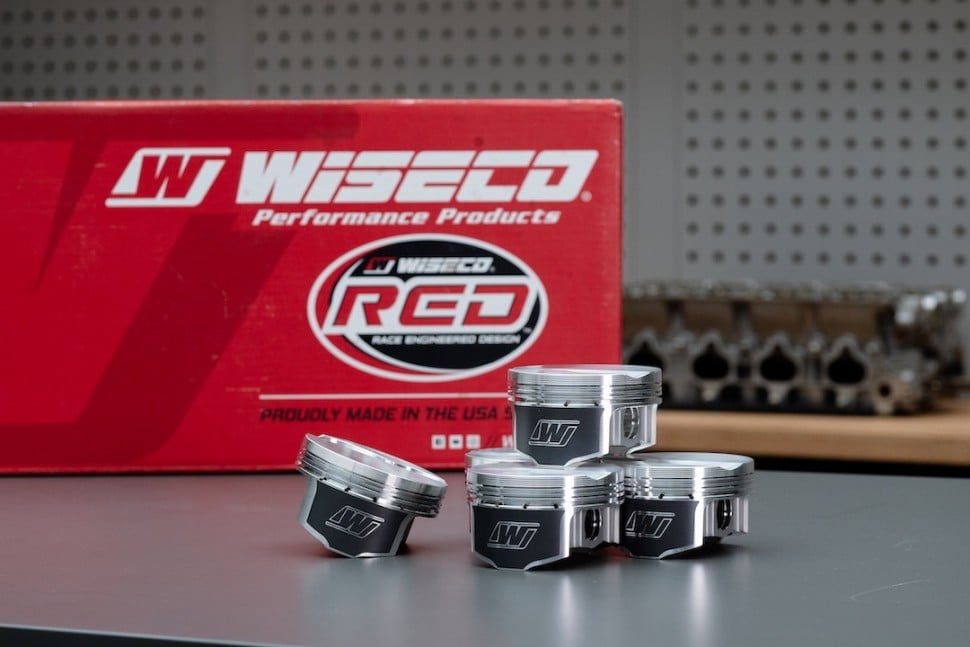As anyone who has thrown on the anchors at the end of the long straight only to find their foot in the firewall can tell you, the operating temperature of your brakes has a huge impact on their performance.

Each combination of pad and disc material has an ideal temperature window that you want to stay within to maintain strong and consistent friction characteristics. There are a range of ways to measure brake temperatures, but they fall into two broad categories – sensors and single-use indicators. Sensors can be optical or contact type, and these give you a continuous measurement of the disc temperatures which can be logged or sent over telemetry – as you can probably guess, though, they’re the more involved and expensive option to install and make use of.

Single use, on the other hand, is a simpler concept. There are a few systems within this category, but the most common is temperature-sensitive paint that can be applied to the brake discs in order to understand their maximum temperature. The working principle is that this paint is formulated in a way that means it changes colour at a pre-defined temperature.

This can mean that multiple paints — each with a different temperature range — are applied, or alternatively a single paint that the specific shade of the final colour can be matched to a reference sample.
In the case of using multiple paints, there are generally three colours used: green, orange, and red. When the respective temperature range is met, the green turns to white, orange to yellow, and red to white. In the case of a single paint colour paint, each product will generally have it’s own way of doing things, but often it’ll start off red and change to different colours based on the maximum temperature reached. You can then use the supplied reference colour chart to determine the temperature.

The main limitation of this type of temperature measurement is that it only gives us the one single maximum temperature reached by the brake discs over a given run — this limits its usefulness because we don’t know where on track the maximum occurred, or how far into the run. The sensor and datalogging approach, on the other hand, tells you exactly when and where exact temperatures were reached – you’re just going to need to pay for the privilege with both money and time.
Either way, there’s a lot to be gained from knowing what your brakes are doing on the track. The problem is most people don't know where to start. If you want to learn how to use information like your brake temperature to improve performance then check out the Data Analysis Fundamentals course.
As they say: knowledge is power!







